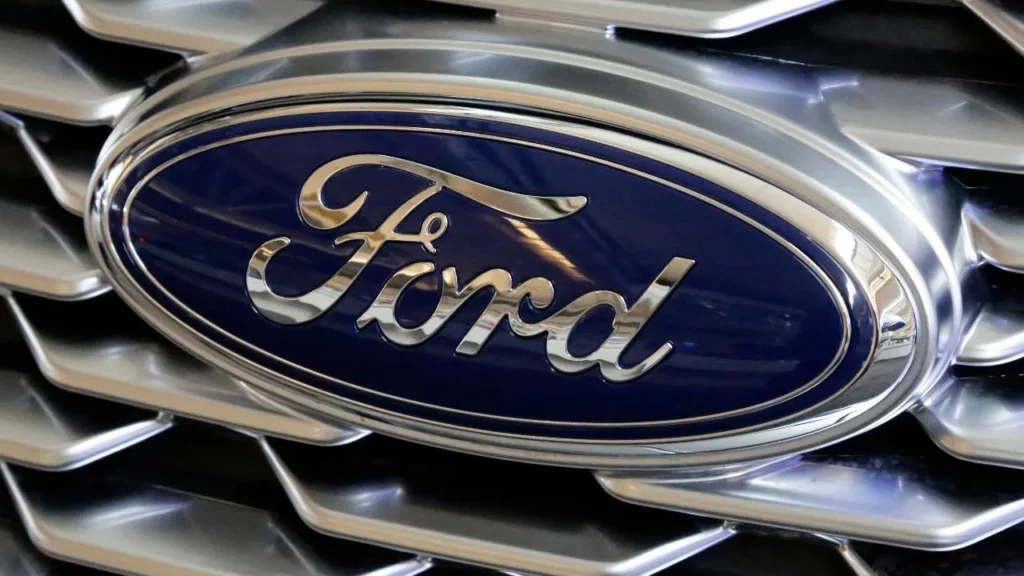Ford CEO Jim Farley heralds a ‘Model T moment’ as the company prepares to unveil its revolutionary next-generation electric vehicle and platform on August 11. Learn about Ford’s EV strategy, new technology, and the future of affordable electric mobility.
Ford, electric vehicle, EV, Model T, innovation, LFP battery
Ford’s ‘Model T Moment’: A New Era of Electric Mobility Dawns on August 11
Ford is gearing up to unveil its groundbreaking next-generation electric vehicle (EV) and platform on August 11, an event CEO Jim Farley has dubbed a “Model T moment” for the company. This highly anticipated reveal promises a revolutionary approach to EV design and manufacturing, potentially reshaping the landscape of affordable electric mobility.

During Ford’s Q2 earnings call, Farley emphasized the significance of the upcoming announcement, stating that the company will reveal its plans to design and manufacture this revolutionary EV and its underlying platform in Kentucky, USA. The comparison to the Model T, Ford’s iconic early 20th-century vehicle that democratized car ownership, underscores the potential impact of this new EV.
A Glimpse into Ford’s Secret EV Project
Last year, reports surfaced about a confidential “skunkworks” project within Ford, focused on developing cost-effective EVs for the mass market. Speculation suggests this new platform could underpin various models, including a compact SUV, a smaller pickup truck, and possibly a commercial delivery vehicle. This strategic move aims to broaden access to electric vehicles, making them more affordable and appealing to a wider consumer base.
Navigating a Shifting EV Market
The US EV market faces challenges, including expiring federal tax credits and fluctuating fuel efficiency standards. In response, Ford has adjusted its strategy, emphasizing hybrid models and its profitable gasoline-powered SUVs and trucks. Last year, the company even revised its electrification roadmap, discontinuing plans for a three-row electric SUV. However, Ford remains steadfast in its commitment to electrification, with the August 11 announcement marking a crucial step forward.
A New Family of Electric Vehicles
Farley promises the unveiled EV family will feature advanced technology, exceptional efficiency, spacious interiors, and innovative features. This signals a significant expansion of Ford’s current EV lineup, which comprises the Mustang Mach-E, the F-150 Lightning, and the E-Transit van. This limited selection contrasts with competitors like General Motors, which boasts a wider range of EV offerings. Furthermore, Ford faces growing competition from rapidly expanding Chinese EV manufacturers, making this new platform crucial for maintaining its competitive edge.
Domestic Production and LFP Battery Technology
Ford’s upcoming EVs will be produced domestically, with some utilizing affordable lithium iron phosphate (LFP) battery technology. The company’s $3 billion BlueOval Battery Park Michigan facility, slated to begin production next year, will be instrumental in this effort. This facility will produce America’s first automotive-grade LFP cells, further solidifying Ford’s commitment to domestic manufacturing and advanced battery technology. LFP batteries are known for their cost-effectiveness and durability, making them a key component in producing more affordable EVs.
The Road Ahead for Ford’s EV Ambitions
The August 11 reveal represents a pivotal moment for Ford. The company is poised to introduce a new generation of electric vehicles, leveraging innovative technology, domestic manufacturing, and a focus on affordability. This strategic move positions Ford to compete effectively in the rapidly evolving global EV market and potentially redefine the future of electric mobility.
This “Model T moment” could mark the beginning of a new era for Ford, one where electric vehicles become accessible to a much broader audience, echoing the transformative impact of the original Model T over a century ago. The world awaits the unveiling of Ford’s vision for the future of electric driving.